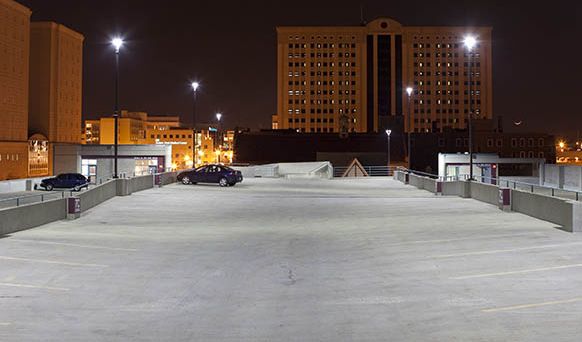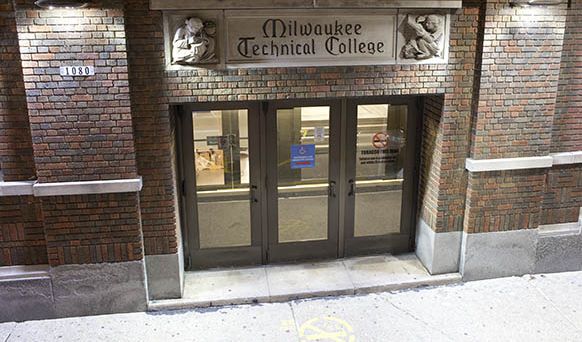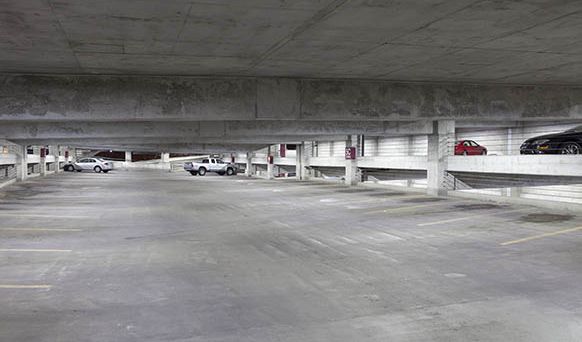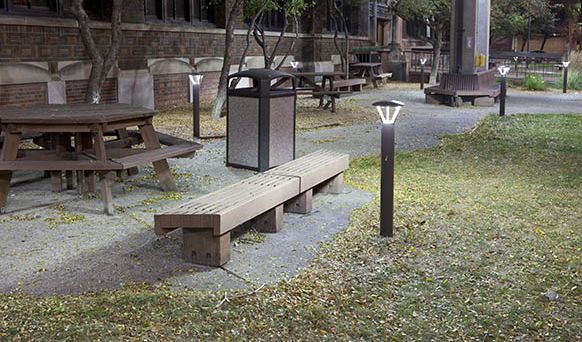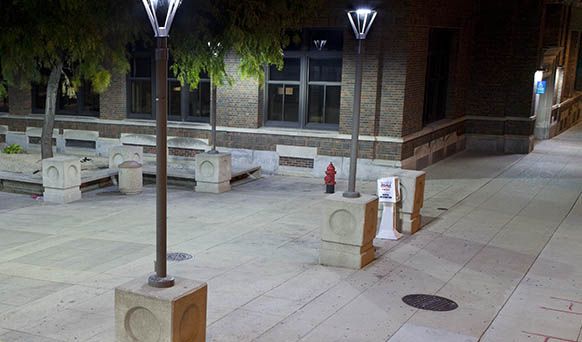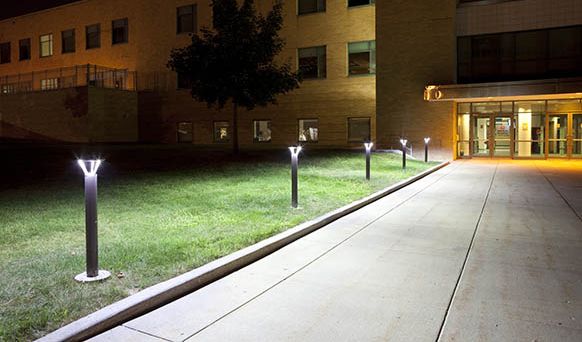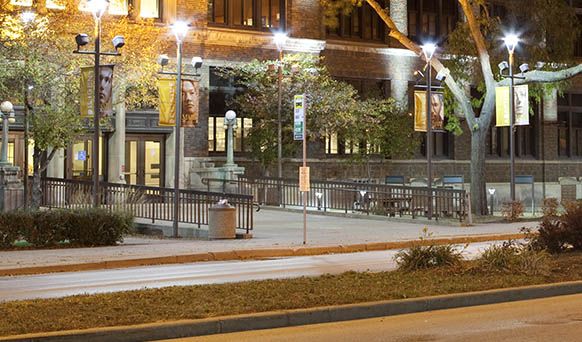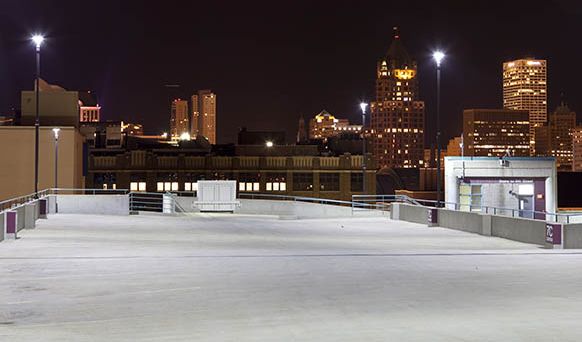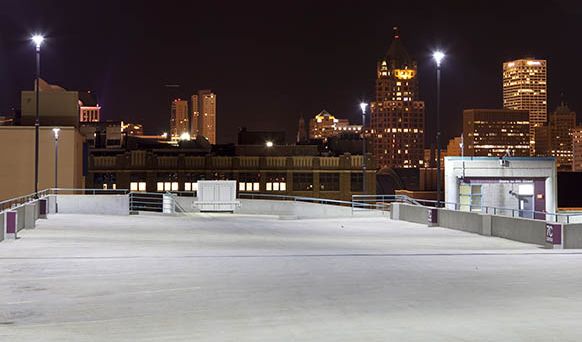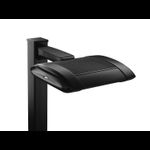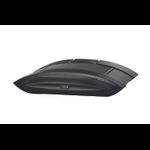Breadcrumb Navigation
- Applications
- Case Studies
- Milwaukee Area Technical College
Milwaukee Area Technical College
In an effort to improve lighting performance and save energy, college officials recently retrofitted exterior campus lighting at all four campuses with Cree® luminaires.
- Opportunity
- Solution
- Benefit
Founded in 1912, Milwaukee Area Technical College (MATC-Milwaukee) has grown to become one of the Midwest’s largest community-based technical colleges and the largest technical college in Wisconsin. In an effort to improve lighting performance and save energy, college officials recently retrofitted exterior campus lighting at all four campuses with Cree luminaires.
MATC-Milwaukee’s four-block downtown campus was the largest retrofit, with nearly all exterior lighting retrofit to LED. Cree solutions include LED lighting in parking structures and lots, area and pathway lighting along sidewalks and courtyards, and security wall-mount and flood lighting on building facades. The results show increased architectural appeal, dramatically improved visibility, and lower energy and maintenance costs.
According to Al Evinrude, director of construction services for MATC, it was time to improve the lighting throughout campus. “We sought to install a one-for-one replacement that would increase visibility and outlast the old HID lighting that was costly to maintain. We’re expecting to save a lot of time and expense in maintenance,” said Evinrude.
Research shows urban college campuses have higher crime rates, meaning urban colleges and universities must have a strong commitment to safety and security, while maintaining a pleasant aesthetic look. Lighting levels are viewed as an important safety resource in parking structures and outdoor lots, walkways and dorm surroundings, in addition to other public and private spaces.
In addition to crime prevention, MATC has taken a major step to reduce its impact on the environment by retrofitting to Cree luminaires. In 2009, the college installed and evaluated LED luminaires within the downtown campus parking garage structure. They gathered energy and maintenance cost savings data to validate the benefits of the technology. Realizing improved lighting performance and a 70 percent energy savings, the team collected enough positive data to move the project forward and completed the campus-wide installation in October 2010.

